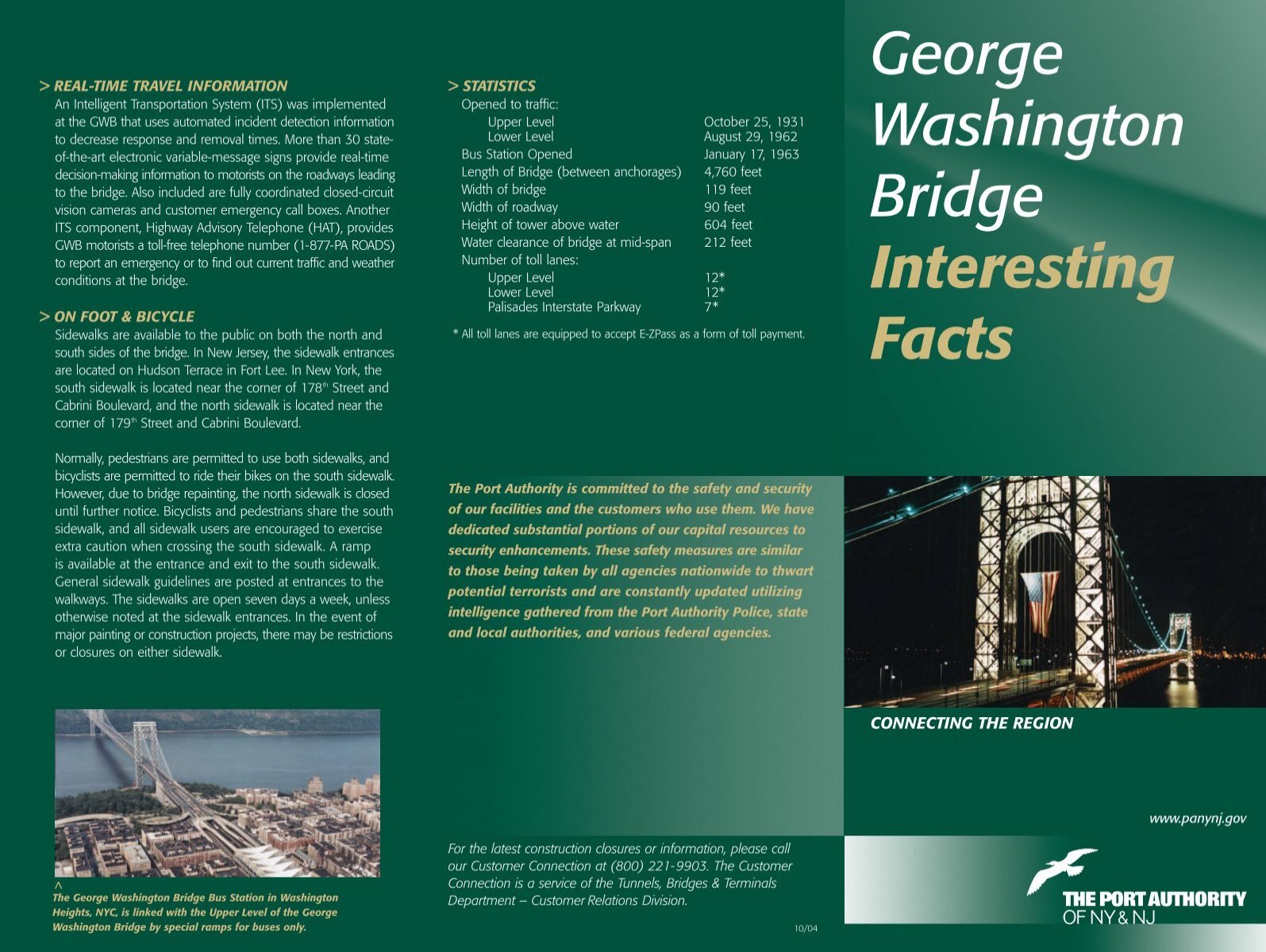New York, often dubbed the Empire State, is an epicenter of culture, history, and magnificent architectural marvels. Beyond its iconic silhouette marked by gargantuan skyscrapers and bustling streets, the state is replete with intriguing facts and secrets that delineate its rich tapestry. Here are some captivating insights into New York that illuminate its unique identity.
1. The Origin of the Empire State
The term “Empire State” is said to have originated in the early 19th century, possibly due to New York’s tremendous wealth and opportunities. Though its exact origin is murky, the nickname reflects the state’s prominent status in commerce, fashion, and culture.
2. Underground Networks
While the surface of New York is teeming with life, a hidden world exists below ground. The New York City subway system, one of the largest and most complex in the world, spans 665 miles of tracks. Since its inception in 1904, it has undergone numerous expansions, comprising 472 stations that serve millions daily. Additionally, there are remnants of abandoned stations, most notably the old City Hall station, showcasing breathtaking arches and mosaics.
3. Home of the First Skyscraper
The concept of a skyscraper took flight in New York with the construction of the Home Insurance Building in 1885, although it stood in Chicago. New York followed suit with the Flatiron Building, completed in 1902. Its distinctive triangular shape became a symbol of architectural ingenuity, paving the way for the towering giants we see today.
4. The Statue of Liberty’s Surprising Origins
The Statue of Liberty, a gift from France, symbolizes freedom and democracy. However, it was originally intended to be a representation of the Roman goddess Libertas, holding a tablet inscribed with the date of the U.S. Declaration of Independence. The statue was completed in 1884, dismantled, and shipped to America in 350 pieces.
5. Coney Island’s Dark History
Coney Island is renowned for its amusement parks and boardwalks, but its history is marked by tragedy. The location was formerly a burial ground for the cholera victims of the 1832 outbreak. Over time, Coney Island evolved into a recreation hotspot, yet remnants of its past continue to evoke ghostly tales.
6. The Construction of the One World Trade Center
One World Trade Center, completed in 2013, stands as a poignant testament to resilience. It was built on the site of the original World Trade Center, which tragically fell during the September 11 attacks. Soaring to a height of 1,776 feet, the building was designed to symbolize rebirth and hope, with its height echoing the year of American independence.
7. A Cultural Melting Pot
New York City is regarded as a cultural melting pot, hosting a plethora of ethnic neighborhoods. This diversity is reflected in cultural festivals, culinary offerings, and businesses spread throughout the city. From the vibrant streets of Chinatown to the historic enclaves in Harlem, each neighborhood contributes to the kaleidoscopic culture of New York.
8. The Central Park Secret
Central Park, conceived in 1858, is often viewed as a serene escape amidst the concrete jungle, but it holds hidden gems. The park includes a secret waterfall hidden in the Ramble, a lesser-known section that invites tranquil walks away from the crowds. Additionally, there exists a functioning Victorian-era carousel that offers a nostalgic experience.
9. The Unique New York City Grid System
New York City’s street layout was meticulously designed in 1811, creating an organized grid that spans across Manhattan. This grid, consisting of numbered streets and avenues, is often credited with facilitating navigation. However, the lower Manhattan area, established long before the grid plan, retains its winding and idiosyncratic streets, offering an intriguing contrast.
10. The Birthplace of Numerous Innovations
New York has long been a cradle of innovation. The first-ever pizza was sold in 1905 by Gennaro Lombardi in Little Italy. Moreover, the city inaugurated the first subway system, facilitated the development of the mobile phone, and was home to the establishment of the modern-day stock exchange. Its ability to nurture talent and innovations has cemented its status as a global hub.
11. Broadway’s Eccentric History
While synonymous with theatrical extravagance, Broadway has a rich history filled with eccentricities. The iconic street was originally a Lenape Indian footpath; it transformed into a burgeoning hub for performance art in the 18th century. Notably, Broadway is home to the longest-running musical, “The Phantom of the Opera,” which captivated audiences for over 30 years.
12. Celebrity Sightings and Influences
The Empire State is famed for its cultural influencers, from actors and musicians to fashion designers. Areas such as the Upper West Side and Greenwich Village are known for frequent celebrity sightings. This nexus of talent fosters creativity, leading to seminal works that propel both artistic and popular culture.
Conclusion
New York is not merely a location; it is a living entity teeming with history, culture, and remarkable stories woven into its fabric. Each borough, street, and landmark reveals a facet of the Empire State that is both fascinating and essential to its identity. These interesting facts serve as a reminder of the depth and complexity that lie beneath the surface of this vibrant city. Exploring New York promises not just experiences, but an encounter with the essence of America itself.









